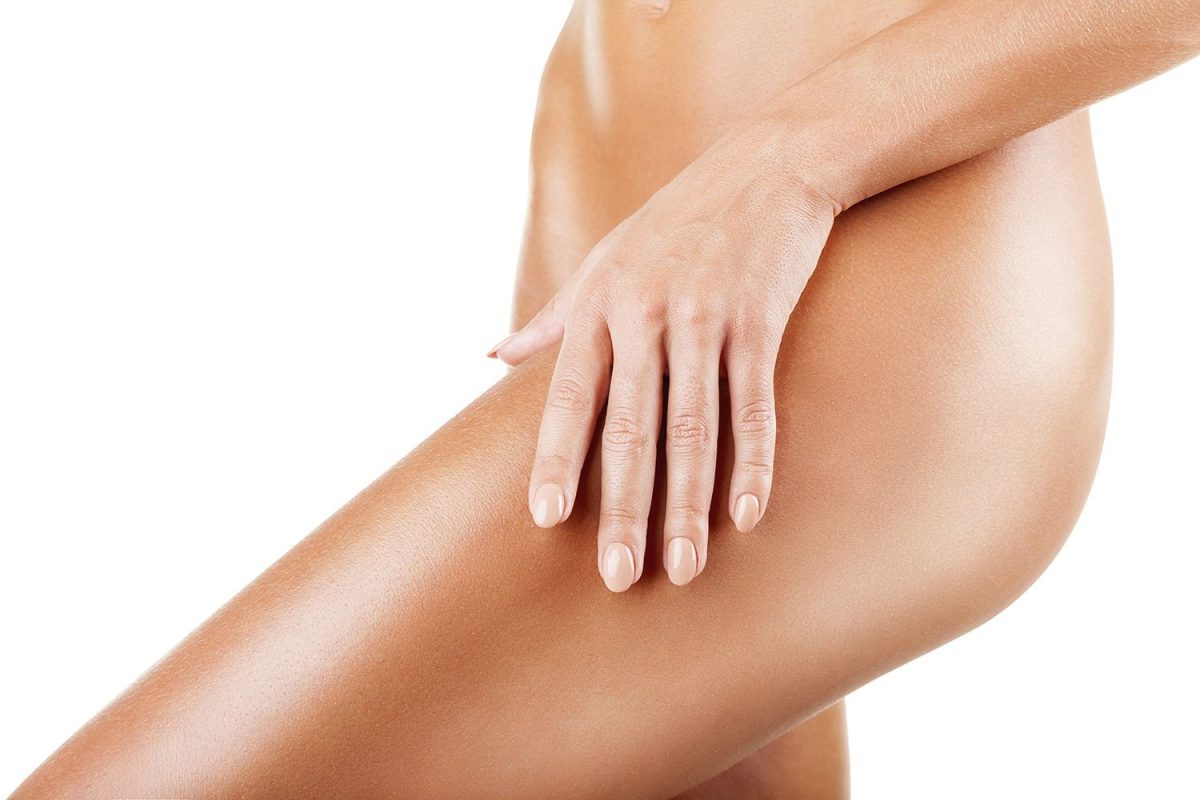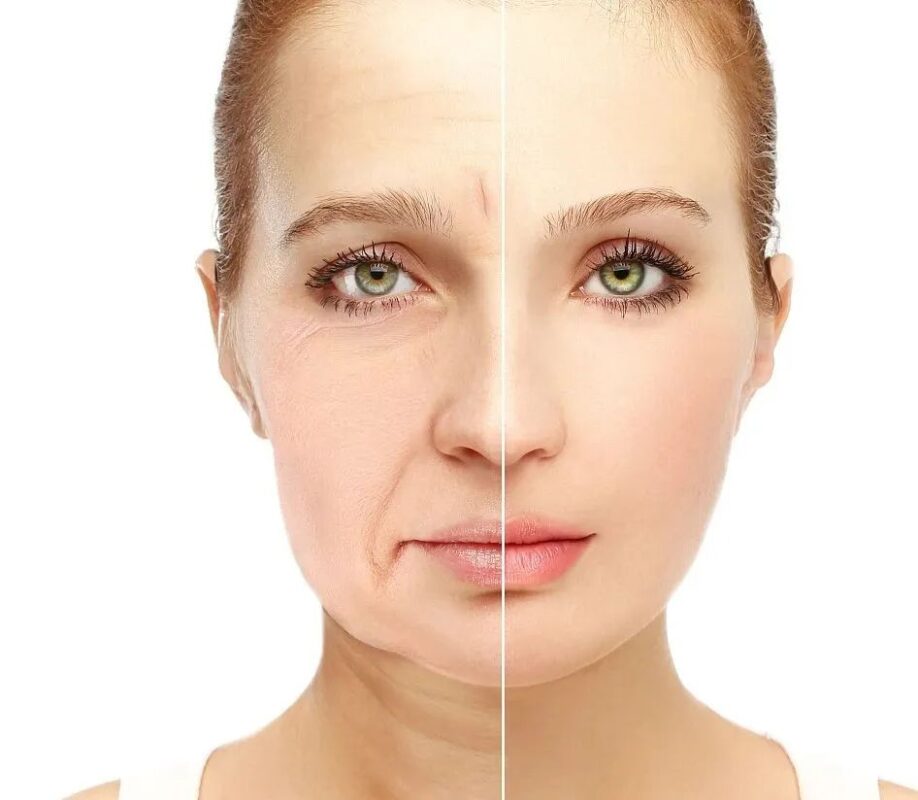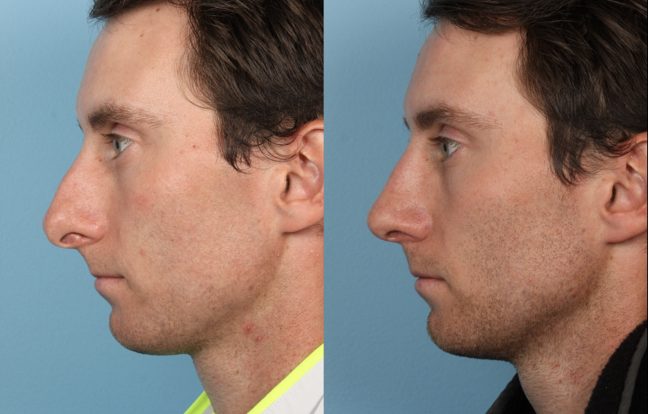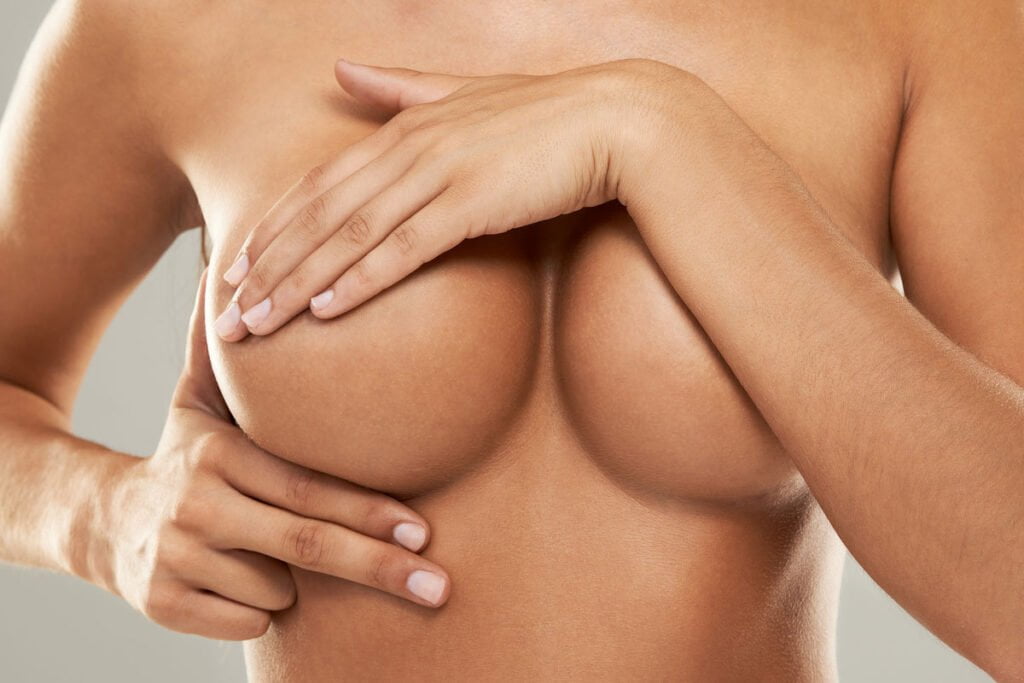Understanding Thigh Lift Surgery
Procedure Steps
Thigh lift surgery, often sought for contouring the legs, involves several key steps. Surgeons first make incisions in targeted areas. The pattern and size of the pockets depend on the specific goals of the surgery that day.
They then remove excess skin and fat, which tightens and smooths the thigh area, eliminating pockets of stubborn fat. Finally, they close the incisions, marking the end of the surgical process. This procedure can take several hours.
Recovery Process
Recovery from a thigh lift varies among patients but generally follows a predictable path. Initially, patients may experience swelling and discomfort. These symptoms are manageable with medication.
Most individuals can return to light activities within a few weeks. Full recovery, however, might take several months. It’s crucial to follow post-operative instructions closely to ensure optimal healing.
Potential Risks
Like all surgeries, thigh lifts come with potential risks. These include scarring, infection, and asymmetry between thighs. Patients should discuss these possibilities thoroughly with their surgeon before proceeding.
Informed decisions are vital when considering cosmetic procedures like thigh lifts.
Ideal Candidates for Thigh Lift
Physical Health
Individuals considering a thigh lift should be in good physical health. This ensures they can handle the surgery and recover smoothly.
They must not have medical conditions that impair healing. It’s crucial for candidates to discuss their medical history with a surgeon beforehand.
Stable Weight
Weight stability is key for lasting results. Candidates should be close to their ideal weight and have maintained it for at least six months.
Significant weight fluctuations can affect the outcome of the surgery. Thus, maintaining a stable weight both before and after the procedure is essential.
Realistic Expectations
Understanding what a thigh lift can and cannot achieve is important. Candidates should have realistic expectations about the surgery’s outcomes.
They should seek improvement, not perfection. A thorough consultation with a plastic surgeon can help set achievable goals.
Skin Elasticity
Good skin elasticity helps achieve smoother contours post-surgery. Those with poor skin quality may not see optimal results.
Age can affect skin elasticity. Younger individuals typically have better skin quality, but this varies from person to person.
Non-smokers
Smoking hinders healing and increases complication risks. Non-smokers or those who have quit smoking well in advance of the surgery are ideal candidates.
Quitting smoking several weeks before and after the procedure is advisable for all candidates, ensuring better recovery and results.
Types of Thigh Lift Procedures
Inner Lift
The inner thigh lift targets the inner thigh. It helps remove excess skin and fat, enhancing the leg’s contour. This procedure suits those who’ve lost significant weight. It involves an incision from the groin down to the knee, hidden in the inner thigh.
Surgeons perform this by making careful cuts. They then remove unwanted skin and fat before closing the incisions. The result is smoother, more toned thighs.
Medial Lift
The medial lift focuses on tightening skin on the upper part of the inner thigh. Ideal for candidates with moderate skin sagging, it requires a less extensive incision than the inner lift.
This method involves an incision in the groin area only. Surgeons work to tighten and reshape the thigh’s appearance without extending the cut down to the knee. Recovery times are generally shorter with this approach.
Lateral Lift
A lateral or outer thigh lift addresses sagging skin and fat on the outer thighs. This procedure is often combined with a buttock lift for a more comprehensive lower body rejuvenation.
It involves an incision that extends from the groin around to the hips. Through this incision, surgeons can precisely sculpt the outer thigh area, removing excess tissue and redefining contours.
Bilateral Lift
The bilateral thigh lift is designed for lifting front and outside areas of the thighs. It’s best for individuals with excess skin both in front and on the sides of their thighs.
Surgeons make an incision at waist level, wrapping around to the hip or back. They then tighten tissues for a more youthful silhouette.
Preparing for Your Thigh Lift
Medical Evaluation
Before undergoing a thigh lift, medical evaluation is crucial. This step ensures you’re fit for surgery.
Your doctor will review your medical history. They look for conditions that could complicate the procedure. Blood tests are often required. These tests check your overall health status.

Lifestyle Adjustments
Healthy habits can significantly impact the success of your thigh lift.
Smoking slows down recovery, so quitting is advised weeks before the surgery. Alcohol consumption should also be reduced. Both substances can affect healing and increase surgical risks.
Maintaining a stable weight is important too. Significant weight fluctuations can alter the results of your thigh lift.
Post-Surgery Planning
Recovery from a thigh lift takes time and planning.
Arrange for someone to drive you home post-surgery. It’s also wise to have help around the house during the first few days of recovery. Prepare a comfortable recovery area with essentials within easy reach.
Stock up on recommended foods and medications before the surgery date. Comfortable clothing that doesn’t rub against your thighs is essential too.
The Thigh Lift Surgical Process
Consultation Phase
The journey begins with a detailed consultation. Here, surgeons assess your health and discuss expectations. They tailor the procedure to fit individual needs.
Surgeons explain the risks and recovery timeline. This ensures you’re fully informed before proceeding.
Surgical Techniques
Several techniques are available, depending on your goals.
The inner thigh lift targets the inner thigh area. Surgeons make an incision in the groin, extending downwards around the back of the thigh for more extensive lifting.
For those focusing on the outer thigh, an outer thigh lift might be recommended. This involves an incision from the groin around to the hips. It’s often combined with other body contouring surgeries for comprehensive results.
Recovery Insights
Recovery is crucial for optimal results. Initially, expect some swelling and discomfort. Surgeons provide detailed aftercare instructions to ensure a smooth healing process.
It typically takes weeks to resume normal activities. Follow-up appointments are essential to monitor progress and address any concerns.
Recovery and Aftercare Tips
Initial Days
After the thigh lift surgery, the initial days are crucial for healing. Patients might experience discomfort, but it’s manageable with prescribed painkillers.
Doctors advise resting with legs slightly elevated. This reduces swelling and speeds up recovery. Avoid any strenuous activity or direct pressure on the thighs.
Wound Care
Proper wound care cannot be overstated. Keep the surgical area clean and dry to prevent infections. Follow your surgeon’s instructions on dressing changes meticulously.
They may also recommend specific ointments or solutions for application on the incision sites. Adhering to these guidelines ensures smooth and less noticeable scars.
Activity Resumption
Gradually resuming activities is key to a successful recovery. Start with light walks to promote blood circulation.
Avoid exercises involving the lower body for at least four to six weeks post-surgery. Consult your doctor before returning to any form of intense physical activity.
Long-term Care
To maintain the results of your thigh lift, embrace a healthy lifestyle. A balanced diet and regular exercise play a significant role in keeping your thighs toned and firm.
Weight fluctuations can alter the outcomes, so strive for stability in your weight. Regular check-ups with your surgeon will help monitor progress and address any concerns promptly.
Risks and Complications
Surgical Risks
Every surgical procedure comes with inherent risks. Thigh lifts are no exception. Patients might face infection or bleeding during the initial recovery phase. These complications can delay healing, requiring more attention from healthcare providers.
Infections can be severe if not addressed promptly. They often manifest through increased pain, redness, and discharge at the incision sites. Bleeding might present as unexpected swelling or bruising, signaling internal issues that need immediate care.
Aesthetic Concerns
Not all outcomes meet expectations. Sometimes, patients may find asymmetry between their thighs or be unhappy with the scar placement. Such aesthetic concerns can impact satisfaction levels and may necessitate additional corrective procedures.
Scars are a natural outcome of thigh lifts but vary widely in appearance among individuals. Some might experience thickened or highly visible scars that do not fade over time as expected.
Long-term Effects
Thigh lifts offer dramatic results but also carry long-term considerations. Skin elasticity decreases with age, which might affect the longevity of the surgery’s outcomes. Weight fluctuations post-surgery can also alter the appearance of the thighs, potentially undoing some benefits of the procedure.
Maintaining a stable weight is crucial for preserving surgical results. Significant gains or losses can stretch or sag the skin, detracting from the smooth contour achieved through surgery.
Realistic Expectations and Results
Healing Timeline
The healing process plays a crucial role in shaping the final outcome of a thigh lift. It typically spans several months, with most patients seeing significant improvements within the first six weeks.
Immediately following surgery, swelling and bruising are common. They gradually subside as the body heals. Patients must follow their surgeon’s advice closely during this period to ensure optimal recovery. This includes wearing compression garments and avoiding strenuous activities.
Visible Changes
Once healed, the results become more apparent. Patients can expect a more toned and contoured thigh appearance. The removal of excess skin and fat leads to smoother skin and a more defined leg shape.
However, it’s essential to maintain realistic expectations. While a thigh lift can dramatically improve appearance, it does not necessarily achieve perfection. Minor asymmetries may remain, but these are generally not noticeable.
Long-Term Outlook
The benefits of a thigh lift extend beyond aesthetics. Many patients report enhanced comfort in clothing and increased confidence in their appearance. These changes can significantly improve quality of life.
To maintain results long-term, it’s crucial to lead a healthy lifestyle. Weight fluctuations can impact the outcomes of surgery, so balanced nutrition and regular exercise are recommended.
Summary
Thigh lift surgery offers a transformative solution for those seeking to reshape and tone their thighs, enhancing both appearance and confidence. You’ve learned about the ideal candidates, various procedures, preparation steps, the surgical process itself, and important recovery tips. Knowing the risks and setting realistic expectations are key to ensuring satisfaction with your results. This journey requires careful consideration and understanding of every aspect involved.
If you’re considering a thigh lift, it’s crucial to consult with a qualified plastic surgeon who can tailor the procedure to your unique needs and goals. Remember, this decision is about you—your body, your confidence, your life. Ready to take the next step? Reach out to a trusted professional today and explore how a thigh lift could be your pathway to a more confident and comfortable you.
Frequently Asked Questions
What is thigh lift surgery?
Thigh lift surgery is a cosmetic procedure aimed at reshaping the thighs by removing excess skin and fat, resulting in smoother skin and better-proportioned contours of the thighs and lower body.
Who are ideal candidates for a thigh lift?
Ideal candidates are individuals with excess soft tissue along the inner or outer thigh, relatively stable weight, non-smokers, and those with realistic expectations about the outcomes of the surgery.
What are the different types of thigh lift procedures?
There are several types including inner (medial) thigh lift, outer (lateral) thigh lift, and minimal incision thigh lift, each tailored to address specific concerns regarding the upper leg’s appearance.
How should I prepare for my thigh lift surgery?
Preparation involves undergoing a medical evaluation, stopping smoking, avoiding certain medications that can increase bleeding, and arranging for someone to drive you home and stay with you for at least the first night post-surgery.
Can you describe the thigh lift surgical process?
The surgical process involves anesthesia, making incisions as per the type of thigh lift being performed, removing excess skin and fat, reshaping the underlying tissue, and finally closing the incisions. The specifics can vary based on individual needs and goals.
What does recovery from a thigh lift involve?
Recovery typically includes wearing compression garments to minimize swelling, taking prescribed medications to aid healing and reduce infection risk, avoiding strenuous activities for a specified period, and attending follow-up appointments with your surgeon.
What are common risks associated with thigh lifts?
Common risks include scarring, asymmetry in leg shape or size, changes in skin sensation, poor wound healing, bleeding, infection, and complications related to anesthesia.
What results can I realistically expect from a thigh lift?
Realistically, patients can expect smoother skin and more proportionate contours of their thighs. While results are long-lasting when maintaining a stable weight and fitness level, gravity and aging will eventually cause some loss of firmness.





















